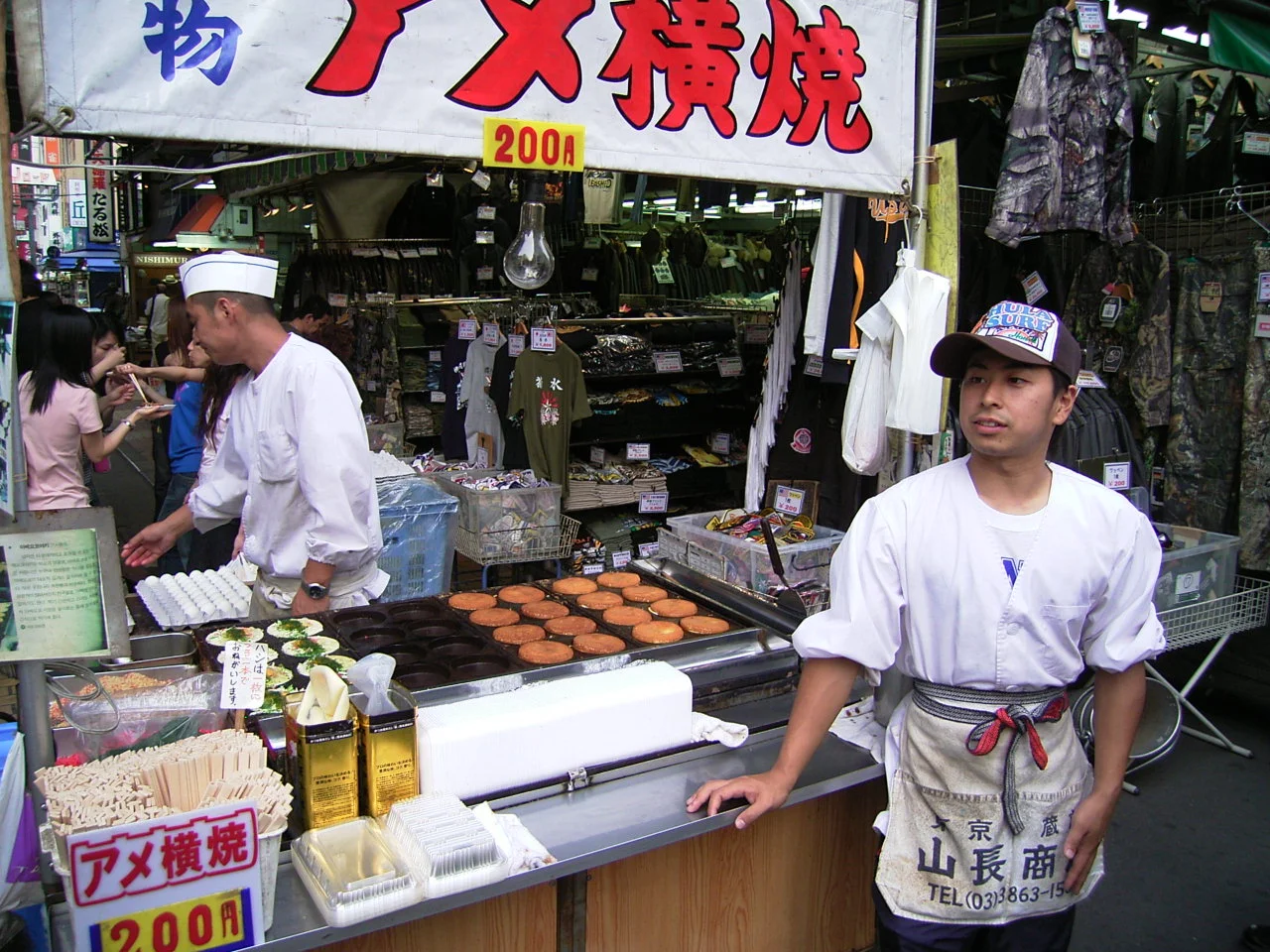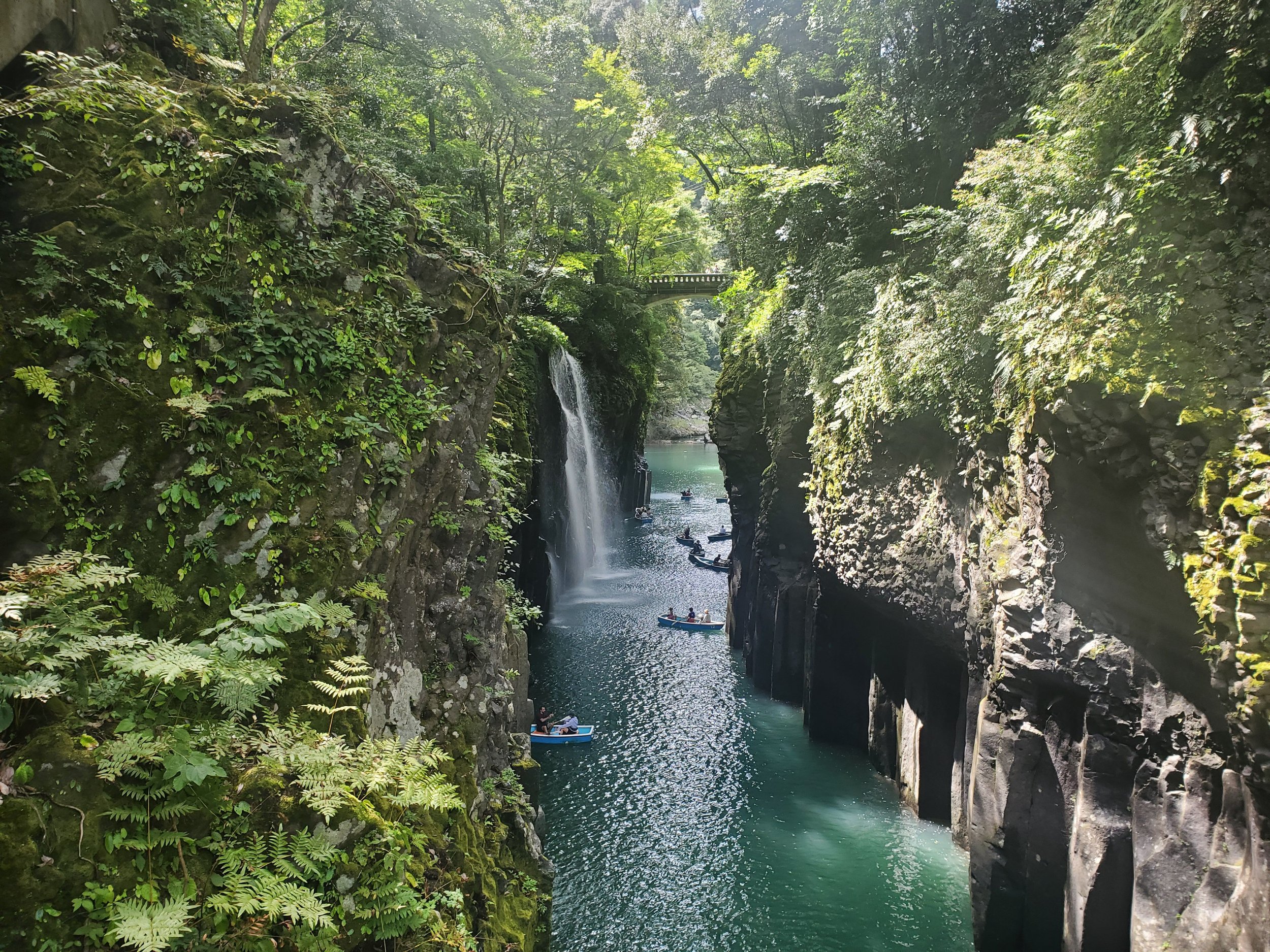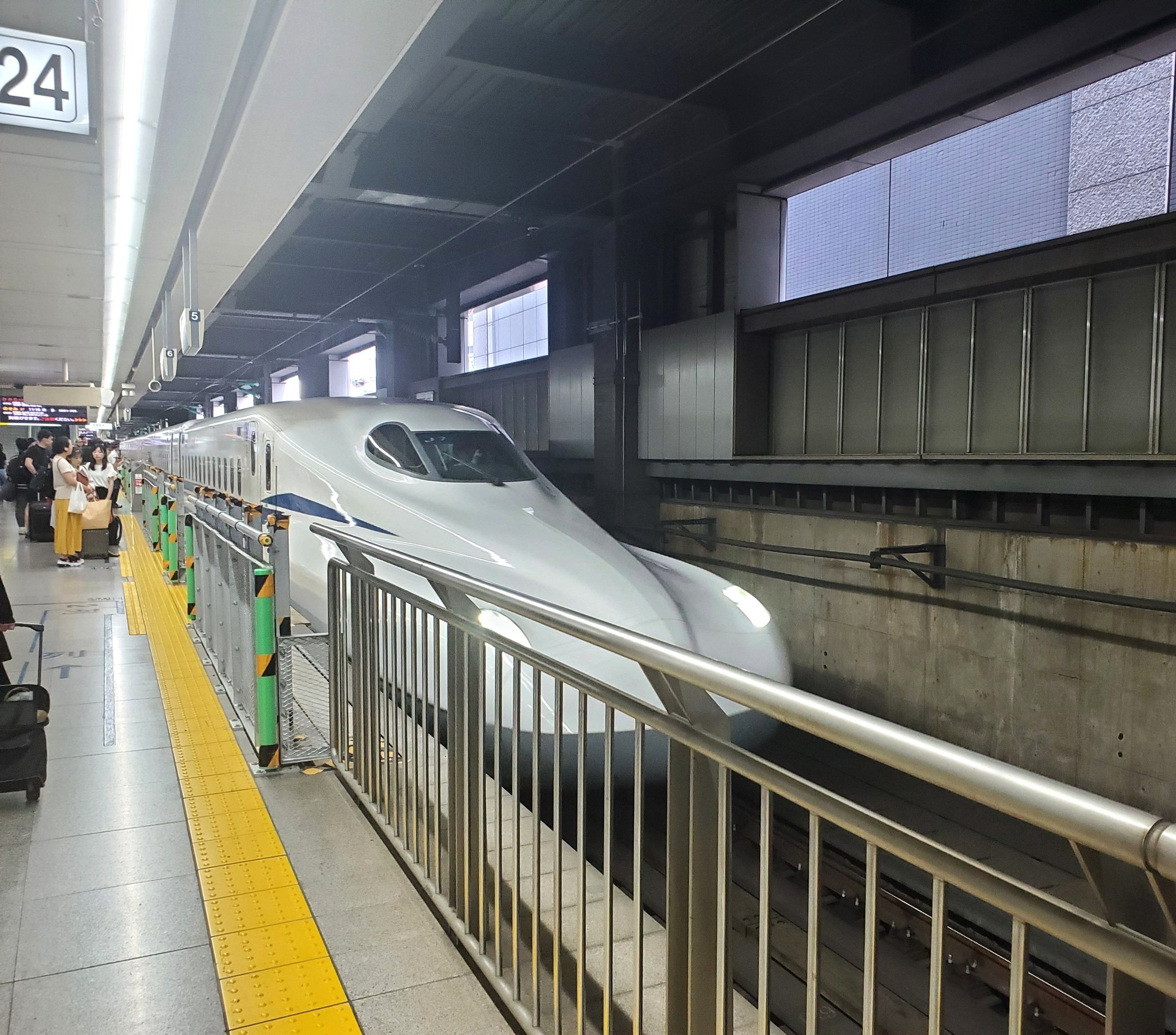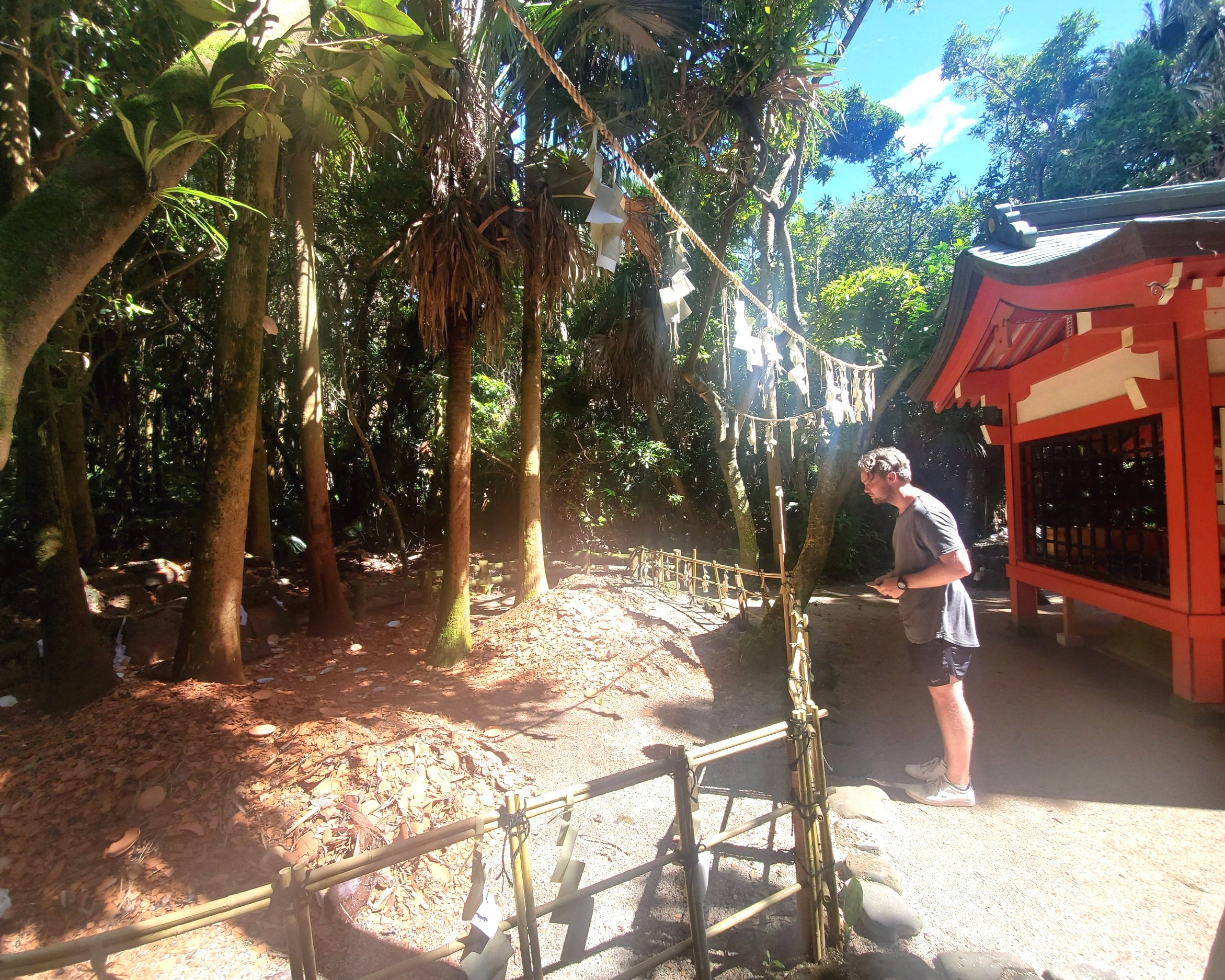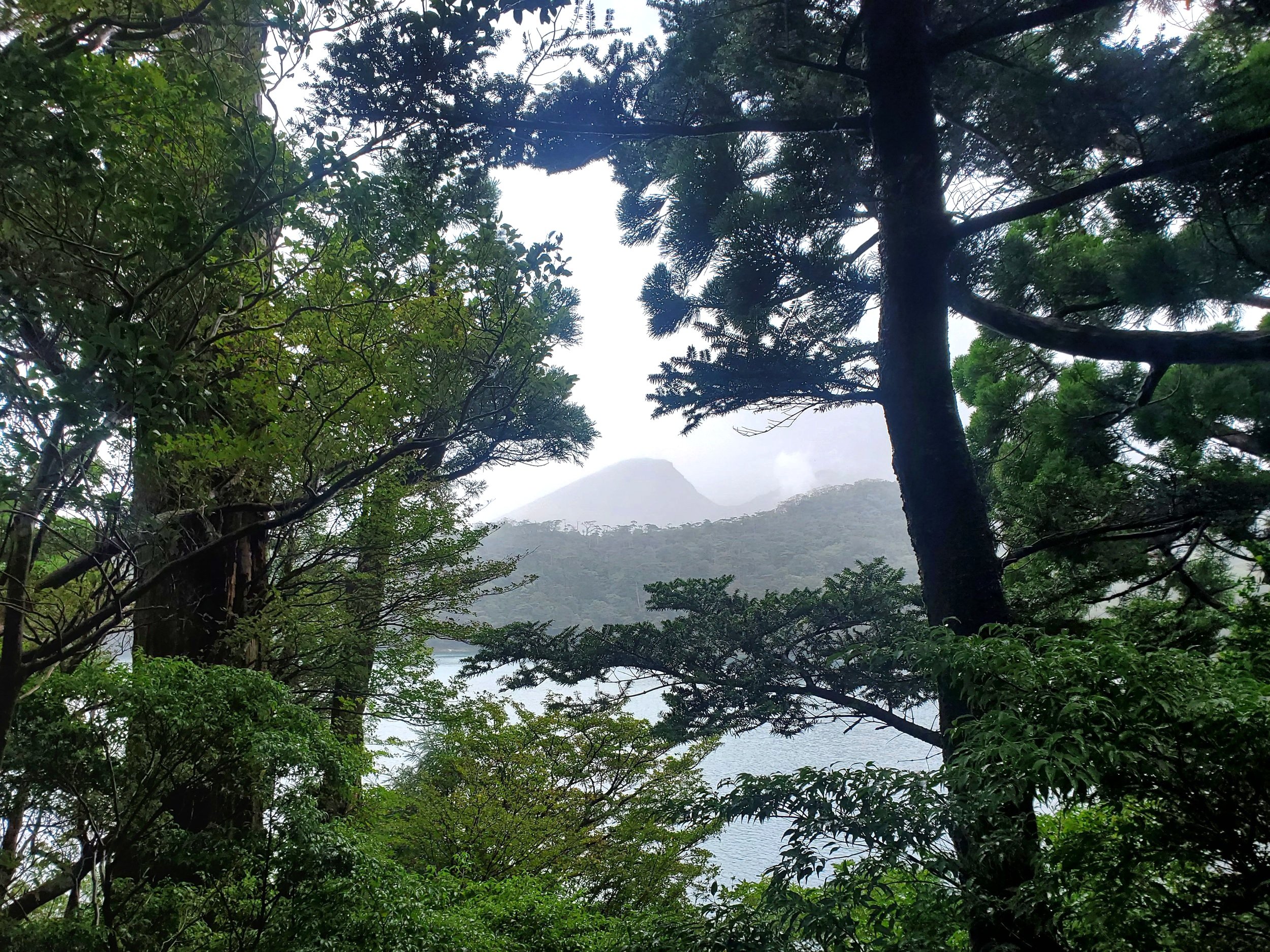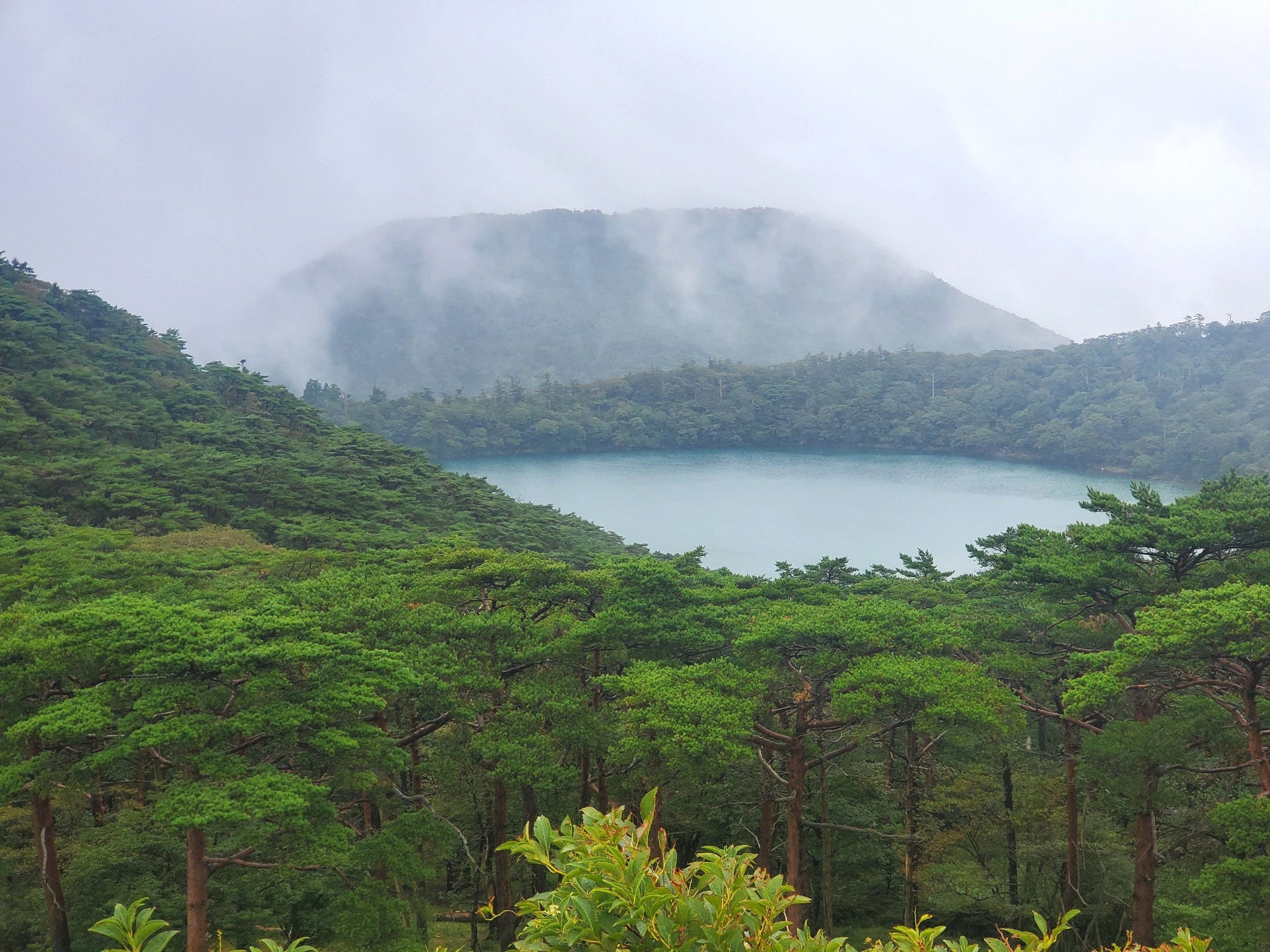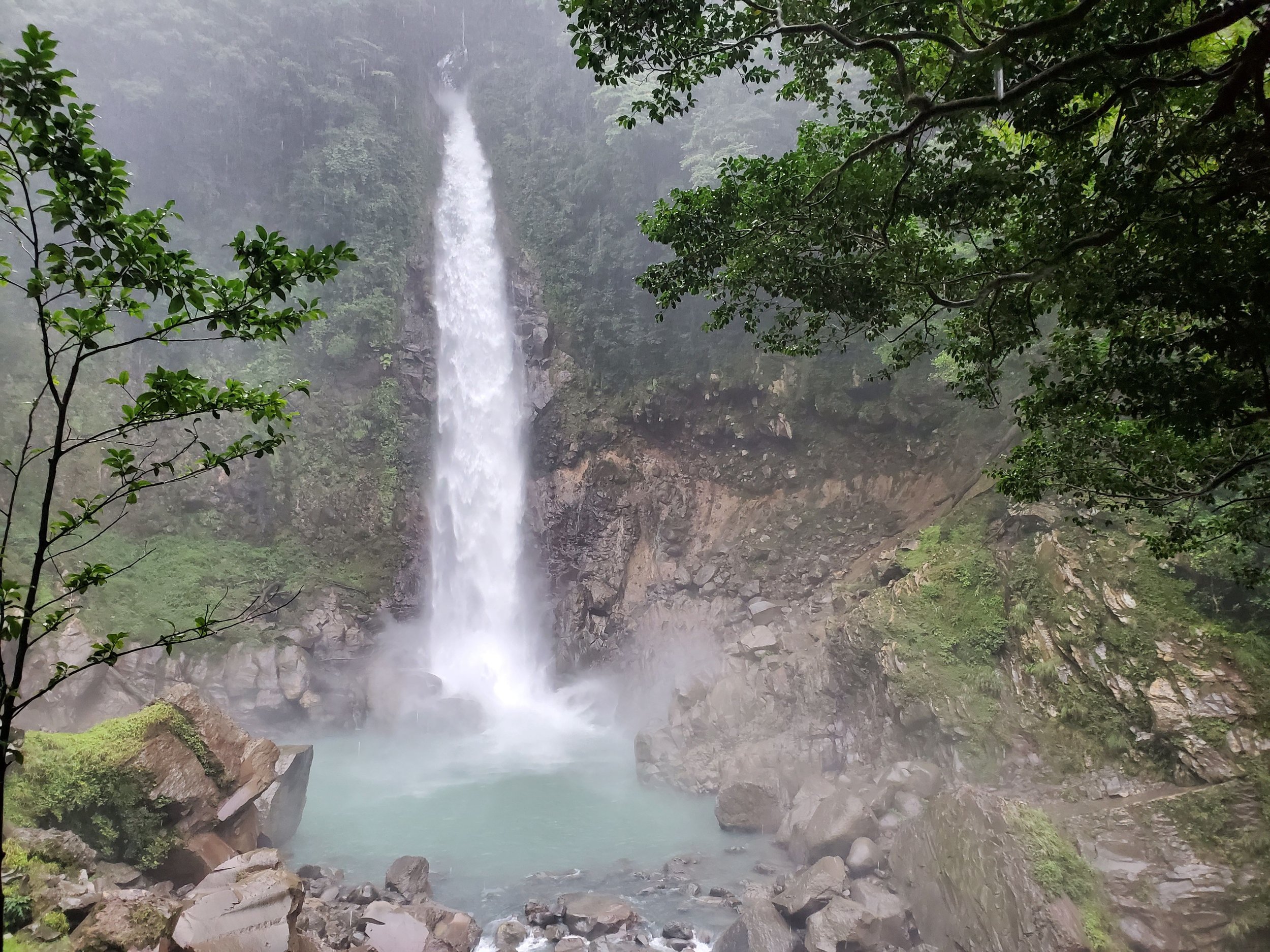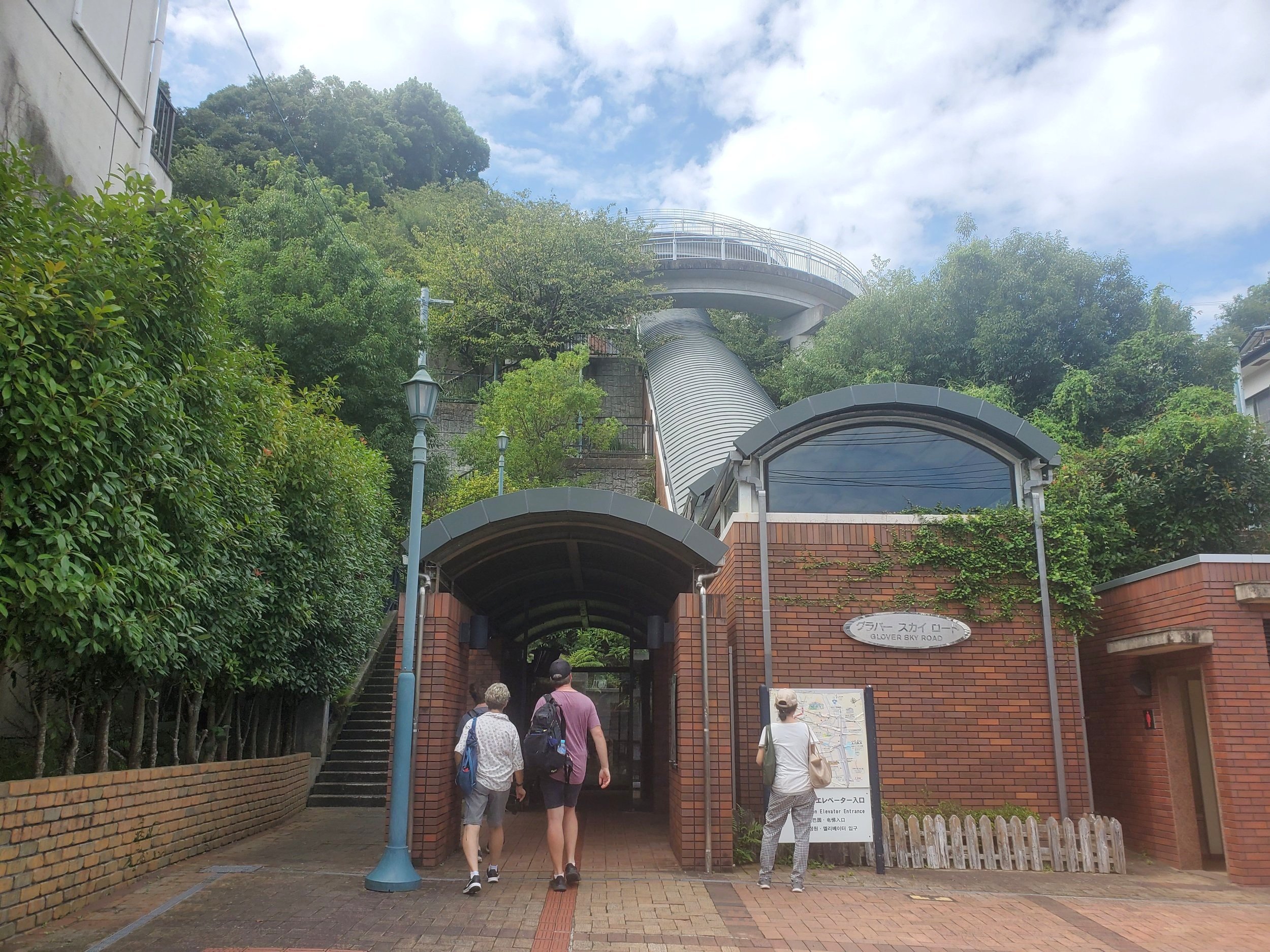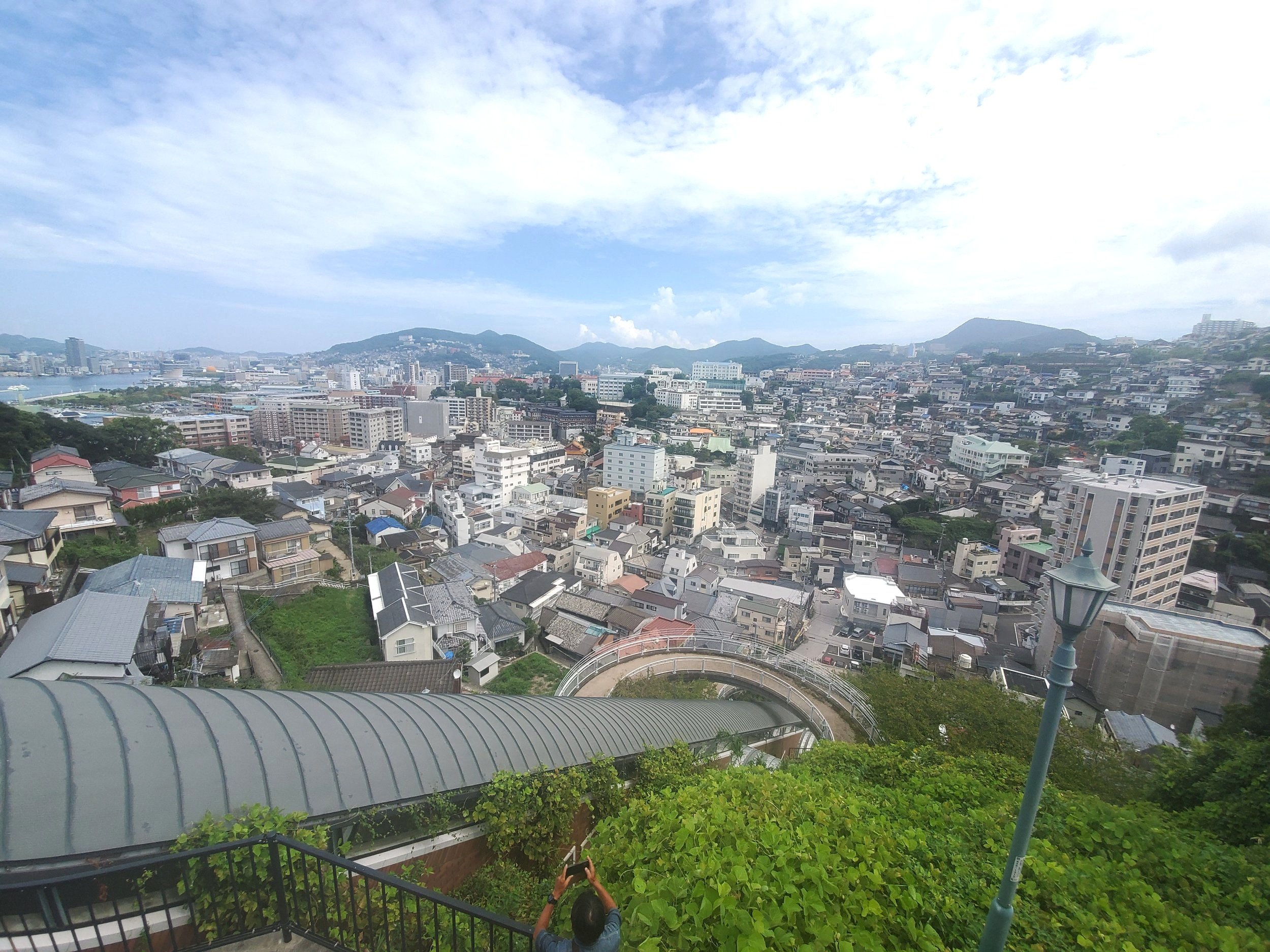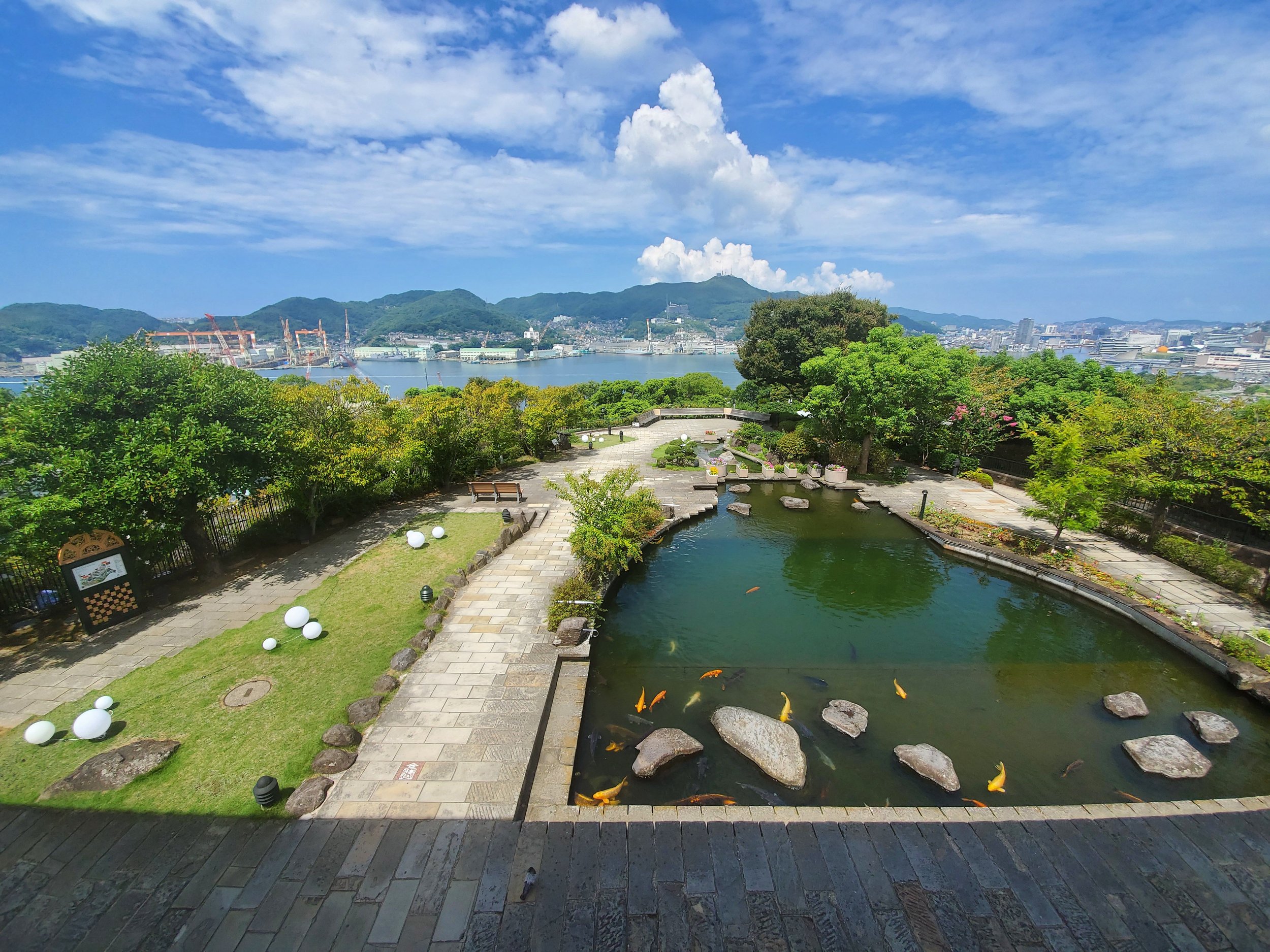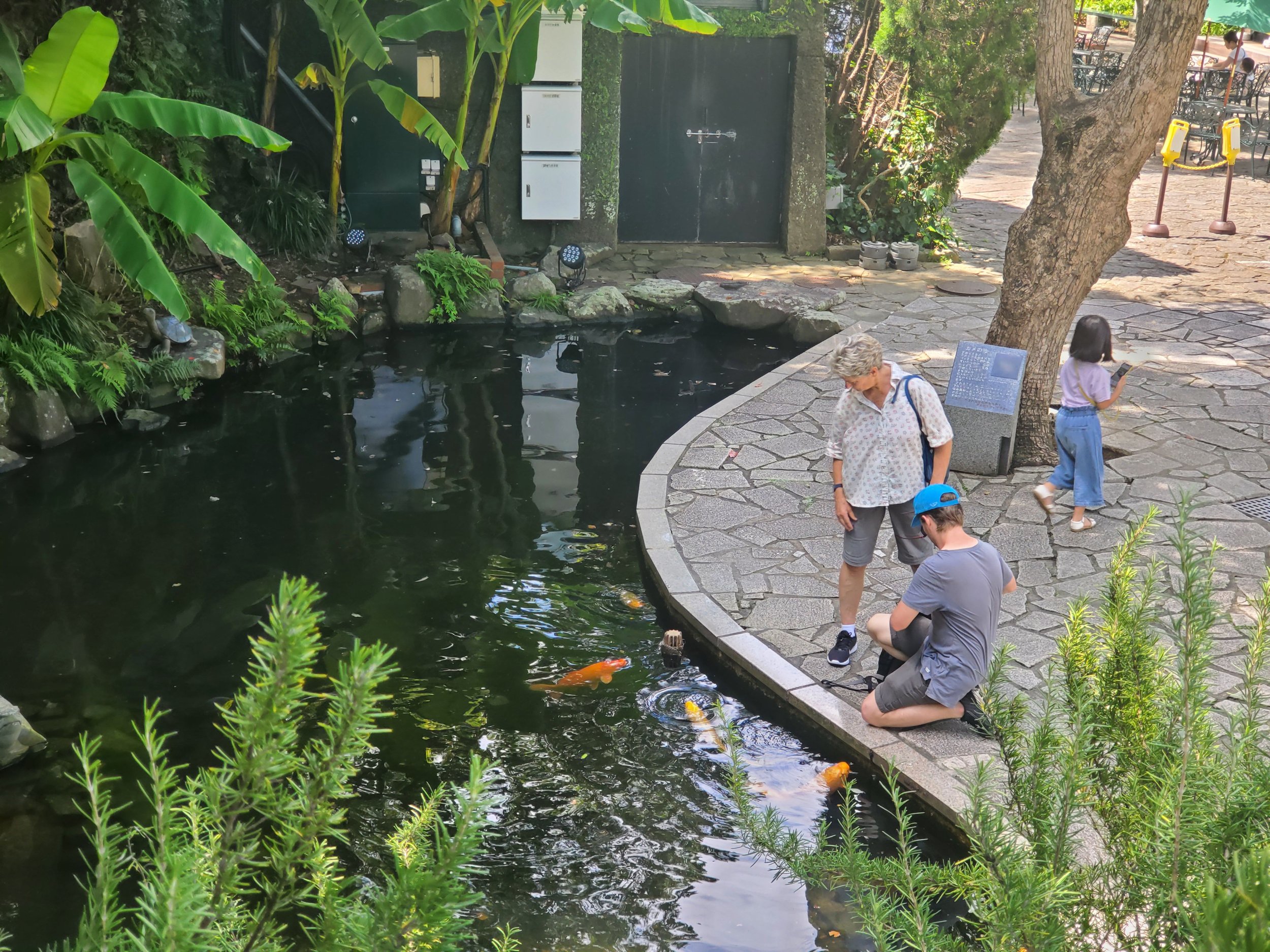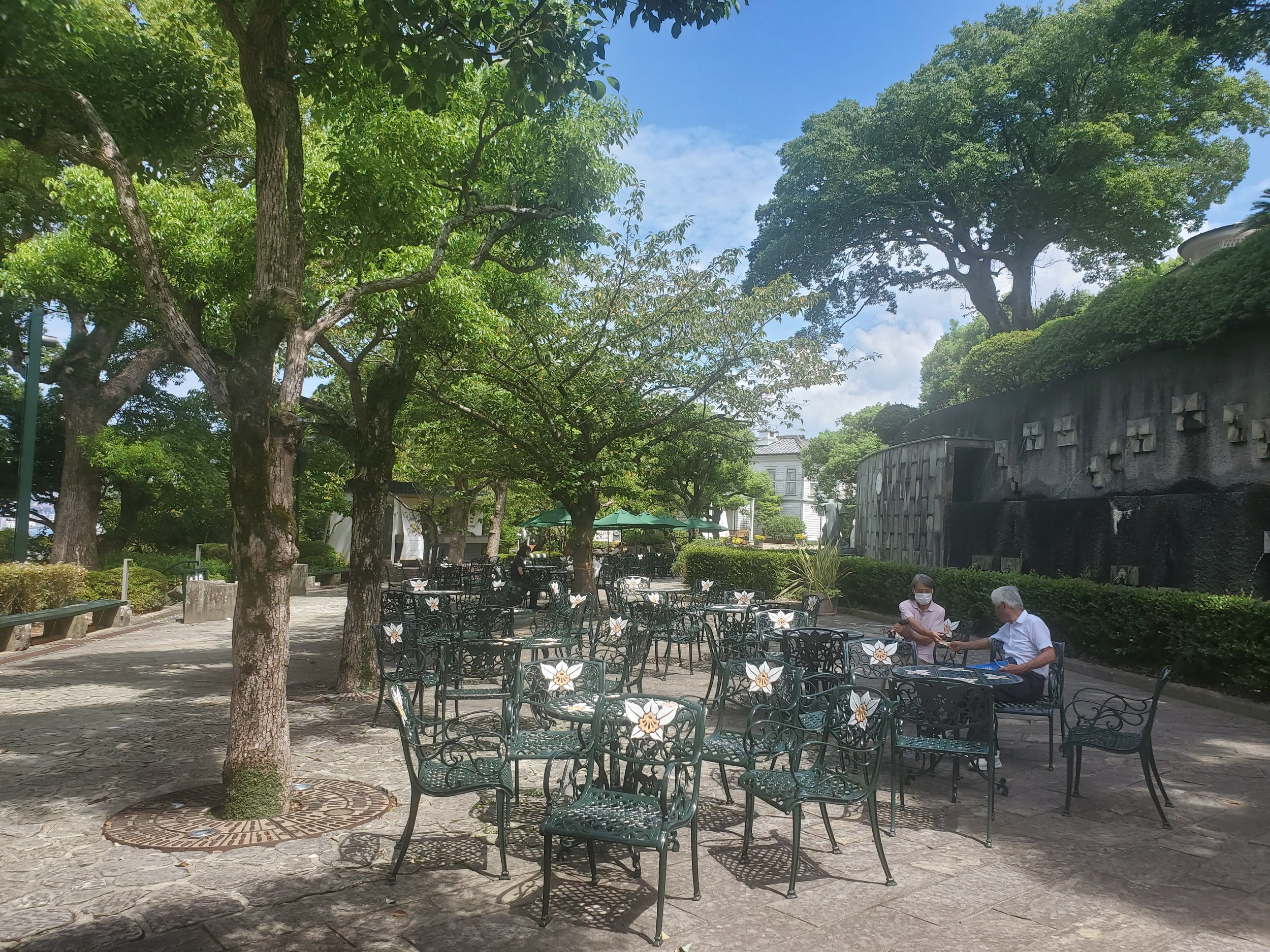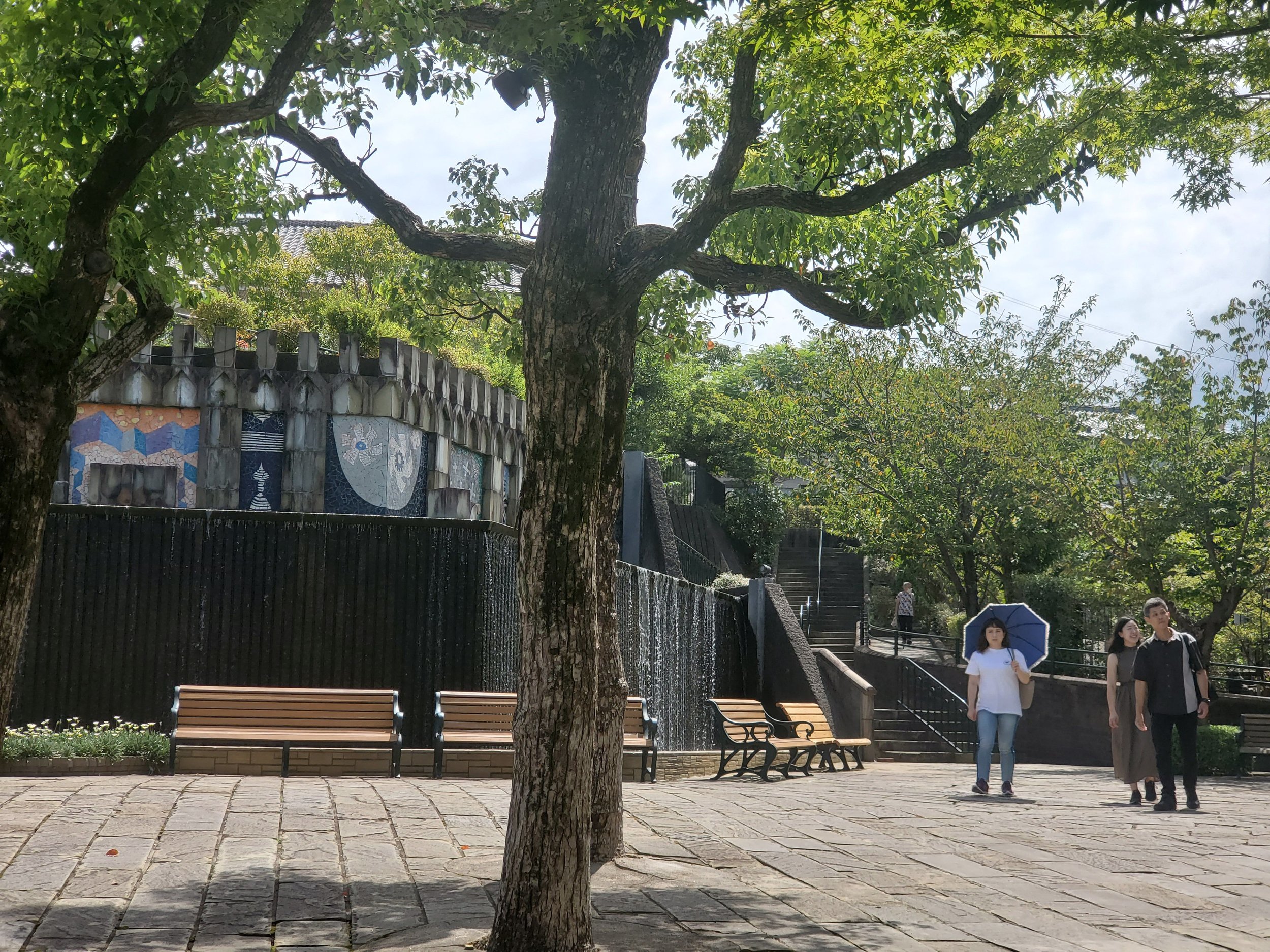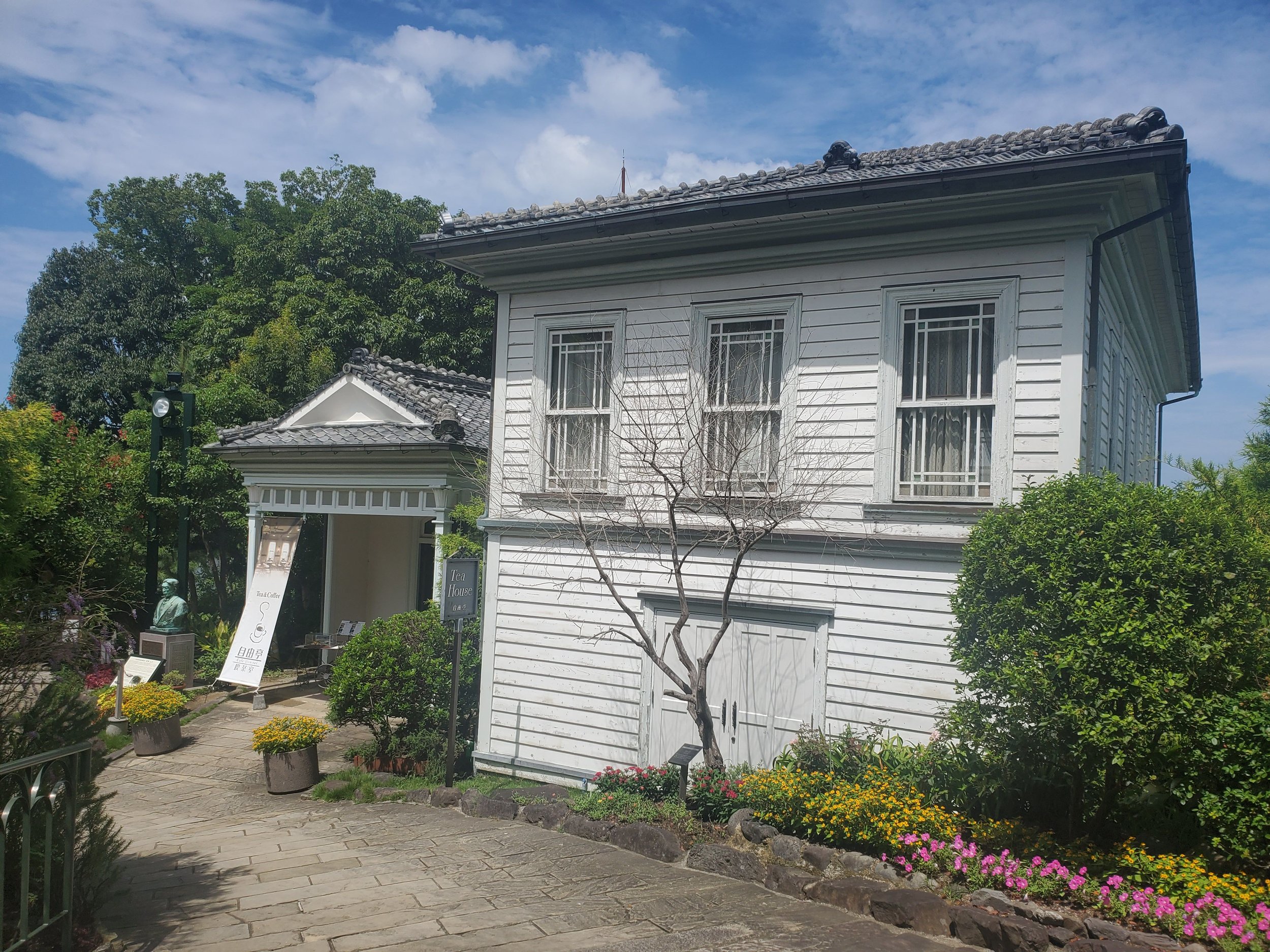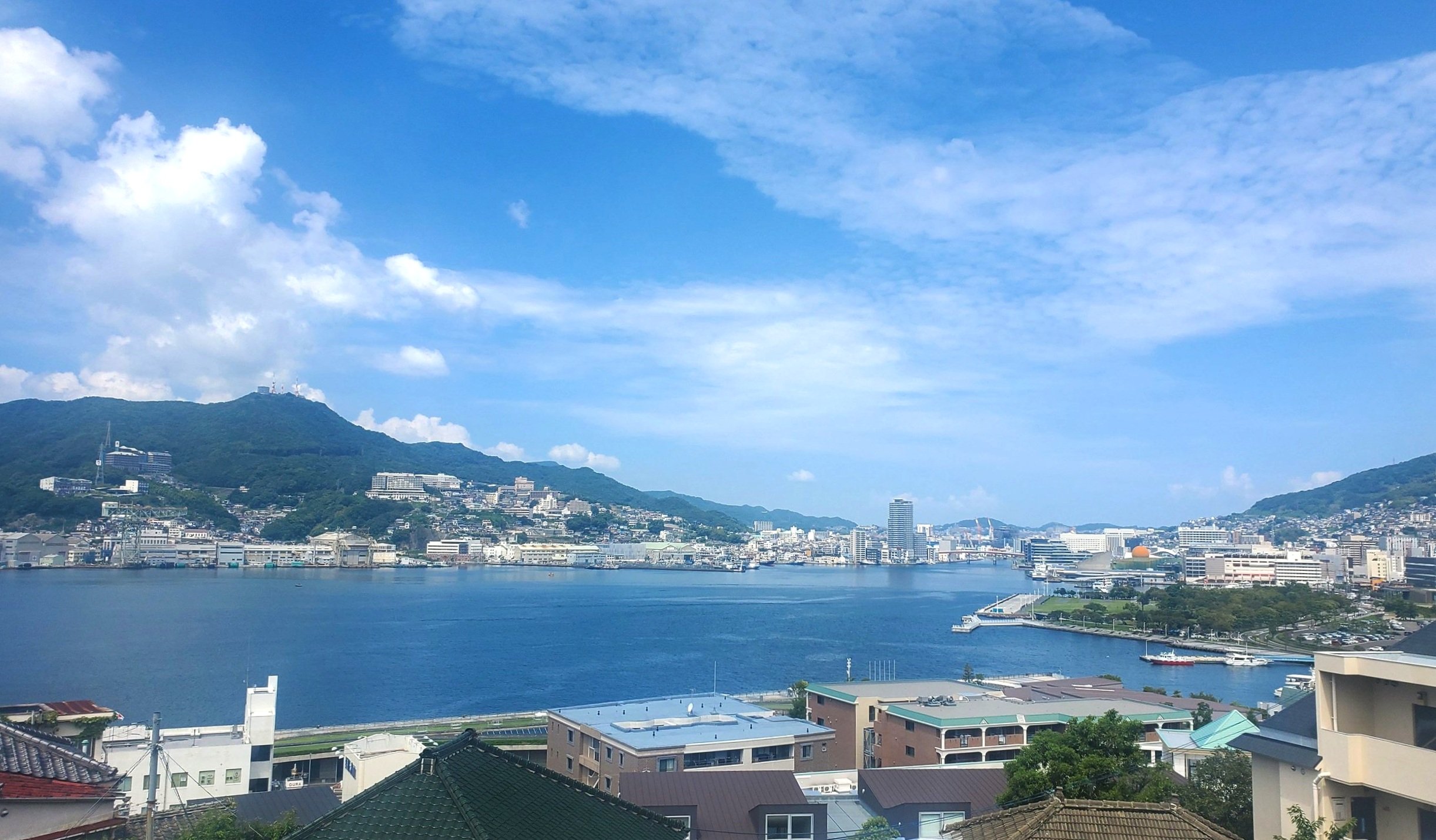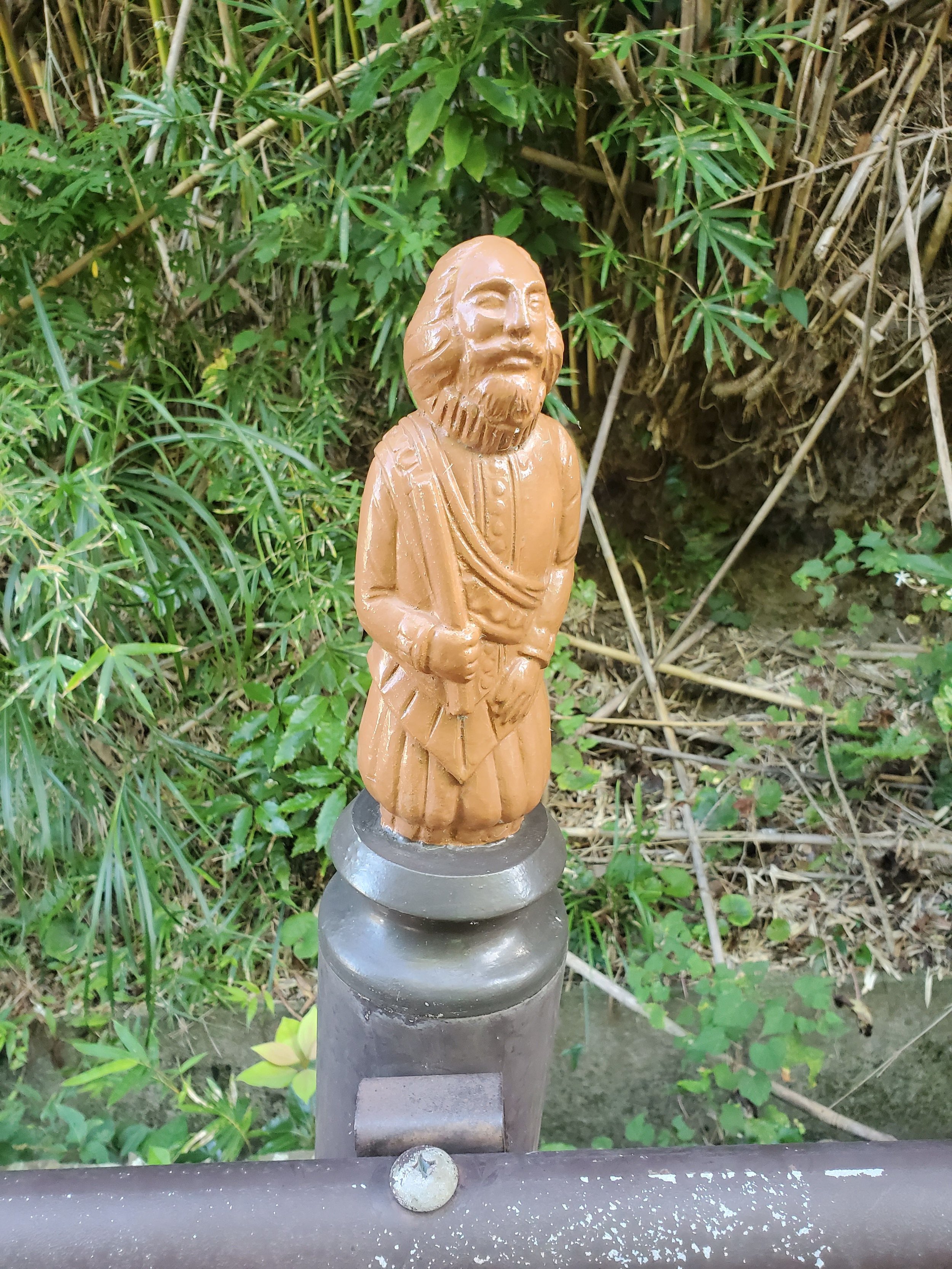10 Day Kyushu Circuit, Japan
/Introduction
Kyushu is the most southerly of Japan’s four main islands. It is renowned for its warm climate, volcanoes, onsen (hot springs), fascinating history and excellent food; all good reasons to visit.
dejima - see sction on nagasaki
In late August/early September 2023 we did a 10-day circuit around Kyushu. We chose to hire a car for the duration rather than use public transport so we could get to some of the island’s more remote national parks. We travelled with our sons, Alex and Zac, so it was a real family affair. Here is our journey – hopefully it will inspire a visit of your own.
Day 1: Tokyo to Fukuoka
Fukuoka is Kyushu’s capital and home to around 1.4 million people. The shinkansen (bullet train) rocketed us the 1100 kms from Tokyo to Fukuoka in around 5 hours.
shinkansen
The city is famous for its ramen – a noodles and broth dish found all over Japan – but Fukuoka is particularly known for it. After our day on the train, we settled in for a bowl of very tasty ramen at a little restaurant close to our hotel.
ramen restaurant, fukuoka
Day 2: Fukuoka to Takachiho
Aso-Kuju National Park
We picked up our hire car and headed south into the mountains to our first destination Aso-Kuju National Park.
The Shiroyama Viewpoint provides a panoramic view of the region, which is dominated by Aso-san, the world’s third largest volcanic caldera at 128 kms in circumference.
The star attraction of the park is Naka-dake at 1506m. It is a very active volcano. That’s it on the right of the shot.
We then went for a closer look. The bomb shelter like structures at the entrance to the crater viewing area provide a clue to what could happen if Naka-dake decides to get nasty. Not sure how useful the shelters would be if you’re buried in lava and ash.
Its most recent significant eruption was in 2016.
Fortunately, it was in a good mood the day we visited.
There are well maintained, clear paths to follow to see the crater and the surrounding area.
When the steam cleared briefly, we were able to see down the 100m crater walls to the grey/green lake that sits at the bottom.
A short stroll to a nearby peak provided an interesting vista back towards the main viewing area.
Kamishikimi-Kumanoimasu-jinja
This is a picturesque Shinto shrine within the Aso-Kuju National Park.
To get to the hilltop shrine you need to ascend 230 steps.
The route is lined with stone lanterns.
You pass through beautiful old growth cedar forest, which was a cool and welcoming escape from the day’s 35-degree heat.
After the shrine we drove to our destination for the night, Takachiho.
On the menu that night was shabu-shabu, a hot pot dish with thin slices of beef cooked in boiling broth at the table, along with mushrooms and other vegetables. Very nice. Pork is also used.
Day 3: Takachiho to Aoshima
Takachiho Gorge
The dramatic gorge at Takachiho is much loved and much Instagramed by tourists and locals.
Most shots contain the ever-present rowing boats that cruise the waterway.
As they were horribly over-priced and had an inordinately long queue of potential punters wanting their turn, we decided to just walk the gorge ridge.
In places it is a very pleasant park setting.
And we did, of course, take multiple obligatory shots of the gorge.
Aoshima
Aoshima is a small beach-side holiday town in southeast Kyushu, on the Nichinan Coast, one of Japan’s best surfing regions. It has a relaxed, touristy vibe.
Just off the coast is Aoshima Island.
It’s a short walk to the island, passing the unusual geological feature known as oni no sentaku-ita (the Devil’s Washboard). When you see it, it’s obvious why it has this name. Best viewed at low tide.
The island is home to a small Shinto Shrine which sits at the end of a dense palm grove.
For a few yen you can toss a small clay plate at an indentation in the rock face, which is said to bring luck if you get it in the opening and smashed. Harder to do that it sounds. No luck for us.
Aoshima was a good spot for a cooling dip, providing relief from Kyushu’s hot and humid weather.
Day 4: Aoshima to Kagoshima
Kirishima-Kinkowan National Park
Our drive from Aoshima on the east coast to Kagoshima in western Kyushu took us via Kirishima-Kinkowan National Park. The park has many picturesque mountain lakes with numerous imposing volcanoes providing a dramatic backdrop.
We started our visit by calling in to the Ebino Eco-Museum Centre, which has a lot of useful information about the park. Click here to visit the museum’s website.
Our plan was to do the 4km Ebino-kogen Circuit Walk which begins at the centre. But first we needed to establish if the walk was open as volcanic activity can close all or part of the walk and does so regularly.
As it happened the section of the walk that came within 1km of Mt Iouyama was off limits. But fortunately, this still left around half the walk open, and meant we could get to scenic Lake Rokkannon-Miike.
In solid rain we headed off along the pretty, but sodden, forest path.
A kilometre in we came to Lake Byakushiike at 1272m above sea level.
A further kilometre on we reached Lake Rokkannon-Mikke. From here there were good views across the lake to the volcanic peak of Karakuni-dake.
On the return journey we took a short side trip to get an elevated view of Lake Byakushiike.
Senrigataki
While the rain eventually stopped halfway through our lake walk, it returned with a vengeance for the drive and viewing of the region’s highest waterfall – Senrigataki.
The intense rain meant that the waterfall was really thumping.
The day concluded with our drive to the city of Kagoshima, which sits across a bay from one of Japan’s most active volcanoes – Sakurajima. The imperious figure of Sakurajima was immediately in evidence when we opened the curtains in our hotel room at the Kagoshima Sun Hotel.
view from our room
Day 5: Kagoshima to Kumamoto
Sakurajima
Sakurajima sat on a separate island to the mainland until 1914 when a massive eruption spewed out 3 billion tonnes of lava, destroying numerous villages, and creating a 400m long land bridge which joined it to the eastern side of the bay, the opposite side to Kagoshima city.
To get to Sakurajima we took a car ferry for the 15-minute crossing of the bay to its western side.
sakurajima to kagoshima car ferry
We started our visit with a stroll around some coastal lava fields.
Next stop was the unusual Portrait of a Scream Statue, also known as the Shout Statue. It was made from Sakurajima lava to commemorate an all-night concert given in 2004 by local singer Tsuyoshi Nagabuchi.
We then proceeded to the Ariuma Lava Observation Deck. This has an easy-to-follow circuit walk.
Various observation points give good views of the volcano (which actually has three peaks).
Our last stop before crossing the 1914 land bridge to the mainland was to see the Buried Torii. This torii (shrine gate) stood 3 metres high before being buried in the 1914 eruption.
Awashima Shrine
On our way to our accommodation for the night in the city of Kumamoto we stopped off at Awashima Shrine. This fairly obscure shrine was built in 1814 and dedicated to Awashima Daimyojin, the ancestral god of medicine. It is considered to have Japan’s smallest toriis.
assessing the likelihood of squeezing through the tiny toriis
Legend has it that if you can squeeze through one of the toriis you’ll have a miraculous experience.
Alex and Zac both managed the feat. We’ll have to check if either have had any miraculous experiences lately. Nothing reported to date.
Day 6: Kumamoto to Nagasaki
Kumamoto-jo
Kumamoto’s big attraction is its castle – Kumamoto-jo.
A major earthquake in 2016 resulted in a number of deaths and significant damage to the castle. Now, seven years on, enough restoration has been completed to enable the important parts of the castle to re-open to the public.
It was built over the years 1601 – 1607 by daimyo (war lord) Kato Kiyomasa. The main building is open and is an impressive sight.
one of the previous owners
It was interesting to see the earthquake “shock absorbers” that had been installed to help respond to future quakes.
A replica of the original castle complex provides further understanding as to the grandeur of the site.
Most of the information is in Japanese, but there is some English.
From the top floor there are expansive views of Kumamoto City.
Unfortunately, some of the outbuildings are still closed due to earthquake damage.
Shimabara
After spending the morning at the castle, we jumped back in the hire car and began our journey to Nagasaki, our next overnight stop. The shorter, and more interesting route, involves crossing Shimabara Bay in a car ferry to the town of Shimabara, followed by a short drive to Nagasaki, as opposed to a long drive around the bay.
As the ferry approached Shimabara yet another awesome volcano loomed into view – Unzen-dake.
Being a little bit ‘volcanoed out’, and wanting to get to Nagasaki before evening, we decided not to visit the volcano and its associated national park, but to just stop briefly in Shimabara for lunch and to see their famed ‘Carp Street’.
The spring water that flows from Unzen-dake to the town is so clean that carp swim in the drainage system. Admittedly, there are little wire barriers placed in strategic locations to stop the carp from escaping and to keep them swimming in numerous easy-viewing spots.
Nevertheless, the carp look to be in rude good health and no doubt enjoying their celebrity status.
We then made our way to the hilly city of Nagasaki.
Day 7: Nagasaki
For most people Nagasaki is known as the second city, after Hiroshima, to have a nuclear bomb dropped on it at the end of World War 2. But there’s a lot more to the city than the bomb, so we’d set aside three nights to give us time to explore a range of Nagasaki’s sights.
Atomic Bomb Museum and Peace Park
In deference to the city’s tragic heritage, we began our time in the city at its Atomic Bomb Museum and Peace Park.
We started at the museum. The bomb was dropped on 9 August 1945. Its intended target was the Mitsubishi Arms Factory. It missed, and instead exploded directly above Asia’s largest Catholic church, Urakami Cathedral. A replica of part of the cathedral is on display.
As is a replica of the bomb, which was nicknamed “Fat Man”.
The bomb killed 75,000 people, a third of the city’s population, with just as many estimated to have died due to its after-effects. Video testimonies from survivors give a harrowing account of the whole terrible experience.
After the museum we proceeded to the Atomic Bomb Hypocenter Park, which marks the point above which the bomb detonated.
Nearby is the Peace Park, which features the Nagasaki Peace Statue.
nagasaki peace statue
There is also the Fountain of Peace.
As well as an outdoor gallery of peace-themed statues from other nations, including Australia.
australia’s contribution
For more information about the museum and peace parks click here.
Dejima
Another reason we chose to stay longer in Nagasaki than other places, was to get a better understanding of its early European contact history. This started with the Portuguese in 1543. They brought European trade to Japan via southern Kyushu. They also brought Catholic missionaries. In 1638 the shogun (ruler of Japan) decided he’d had enough of the missionaries, so he banned Christianity, promptly crucified a bunch of missionaries and local Christians, expelled the Portuguese traders, and closed Japan off for the next 200 years from the outside world. Closed to all, EXCEPT a few Dutch traders who were allowed to remain and trade, but they were restricted to a tiny island in Nagasaki Harbour called Dejima.
the buildings in the foreground are dejima
For the 200-year isolation period known as sakoku the Dutch operated from this 15,000 sq metre island.
Today, Dejima has been lovingly restored and recreated into a fascinating open-air museum.
It has, for some time, been connected to the mainland via reclaimed land.
model of dejima as it was
Each of the seventeen buildings contains artefacts and stories describing different aspects of Dejima life in the 17th, 18th and 19th centuries.
It’s easy to get lost there for a couple of hours.
Nahashima-gawa Bridges
These are a series of interesting 17th century stone bridges.
The most famous is the double-arched Megane-bashi.
Shinchi Chinatown
We finished our busy day at Nagasaki’s Shinchi Chinatown, with its many restaurants and bars.
Day 8: Nagasaki (again)
Dutch Slopes
Continuing with the history theme we headed off to an area known as Dutch Slopes.
Not surprisingly, this was part of Nagasaki occupied by the Dutch and other foreigners after Japan ended the sakoku in the mid-19th century.
The area has many beautifully restored wooden buildings.
We wandered from building to building. It’s free.
Glover Garden
From Dutch Slopes we then took the Glover Sky Road, an elevator that takes you up to Glover Garden.
Glover Garden is named after the Scottish Merchant and Industrialist Thomas Glover (1838-1911), who built the first railway and helped establish modern shipbuilding in Japan.
thomas glover
The Garden contains over twenty restored homes from the city’s European residents of Glover’s period.
The view from the Garden’s grounds to Nagasaki Harbour is spectacular.
The buildings include Glover’s own residence.
glover’s dining room
Adjacent to Glover Garden is Oura Cathedral, Japan’s oldest (1864).
Castella
One of Nagasaki’s quirky history hangovers is their love for a Portuguese cake called castella and its recipe which dates back to 1570. This unprepossessing little sponge cake is found all over the city with shops selling exclusively castella, in all its permutations (ie with cream filling, as hard rusk, etc).
shop selling only castella
Trams
To get about Nagasaki we chose to catch the frequent trams, avoiding the need to find parking.
Ken’s Bar
On our last night in Nagasaki, after a meal in Chinatown, we found a little bar with the inviting name Ken’s Bar. As luck would have it Ken was serving, as he’d done for over 30 years.
We enjoyed a couple of cocktails and chatted with the affable Ken. A nice way to finish our visit to this fascinating city.
a pair of kens
Day 9: Nagasaki to Hirado
Hirado
Our last overnight stop before heading back to Fukuoka and the end of the trip, was Hirado. Hirado is an island connected by a bridge to the mainland in northwest Kyushu. It shares a lot of the early European contact history with Nagasaki, as it was also visited by foreigners prior to the 200-year sakoku.
On our way to the eponymously named main town we stopped off for a dip at pretty, little Hitotsuku Beach on the island’s west coast.
We then made for town.
torii - hirado town
We started our exploration by walking past the 17th century Dutch Wall, built to protect the Dutch Trading House.
the dutch wall
The town hugs a section of scenic coast on the northeast of the island. It is low rise with a relaxed feel.
Evidence of the previous Dutch contact is everywhere. A park with tulip shaped seats.
A small monument with Dutch ship atop.
Dutch ship themed paving.
A Dutch bridge.
And Dutch inspired balustrading.
To get a further glimpse into Hirado’s past we walked the Ji-in to Kyokai no Miero Michi – the “Street for Viewing Temples and a Church”.
And it lived up to its name. There were temples.
A grave of the 17th century Lord Takanobu who ruled during the golden age of trade with the Europeans (especially the Dutch).
lord takanobu’s grave
And a large Christian Church – St Francis Xavier Memorial Church.
A giant cycad reported to have been planted several hundred years ago.
giant cycad
The Matsuura Museum.
And some nice views of Hirado’s castle.
Conclusion – Day 10: Hirado to Fukuoka
We completed our tour of Kyushu with the drive back to Fukuoka, around 120 kms.
cemetary with a view - hirado
Our 10-day trip only scratched the surface of Japan’s most southerly main island. And we didn’t visit any of its famed onsen (hot springs) towns, such as Beppu or Kurokawa. The hot, humid late summer weather was not conducive to the idea of sitting in hot, steaming water. Any other time of year it would’ve been a must.
met him in dejima
But we’ve no regrets. We saw amazing castles, spectacular volcanoes, fascinating historical precincts and fabulous national parks. We ate and drank well and found the locals to be welcoming and friendly everywhere we went. It’s a part of Japan that tends to receive fewer overseas tourists than other places to the north but it’s definitely worth a visit.
Ken and Cally

